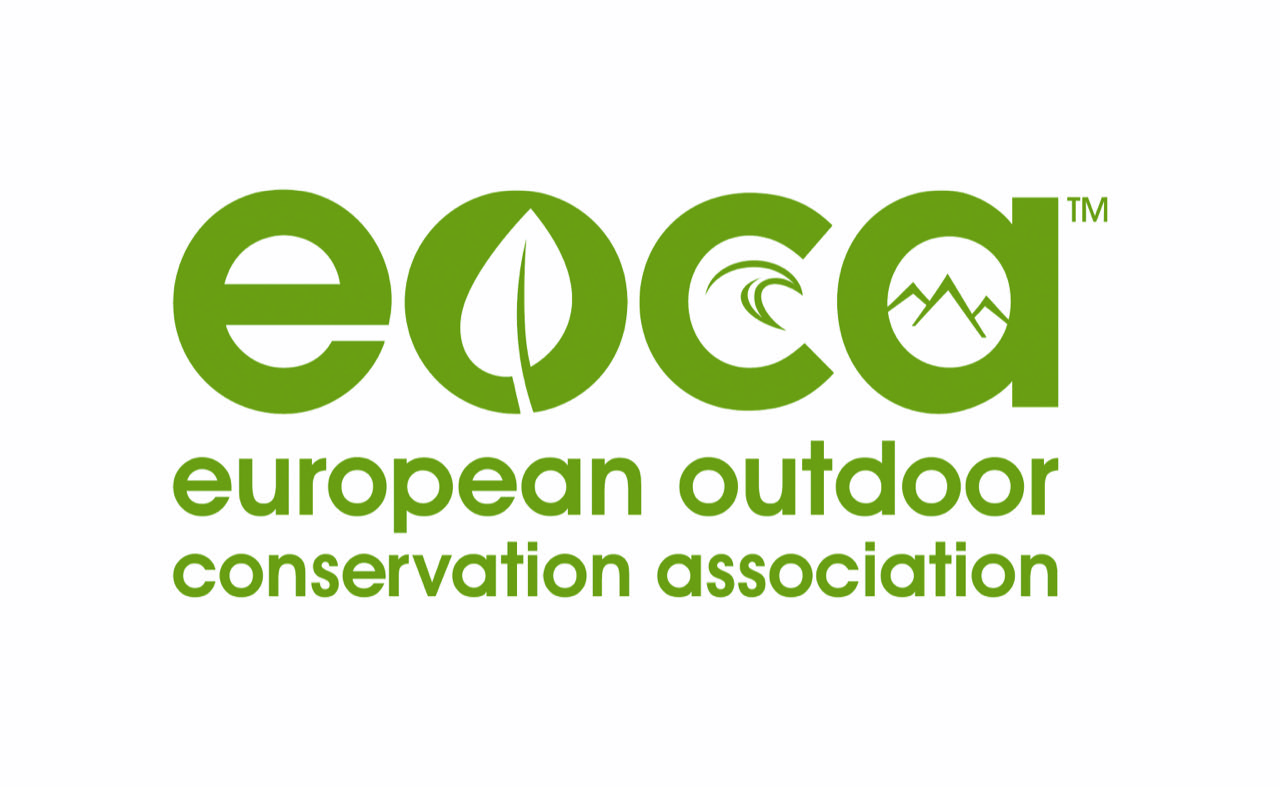 Following an exciting online vote in March, a member vote in April and EOCA members deciding to fund entire projects themselves, the European Outdoor Conservation Association (EOCA) is delighted to announce which projects will be receiving funding in 2014. Through the generosity of its members, EOCA is able to provide substantial support for conservation around the world. A huge increase in membership in the organisation over the last 18 months means that not only is €240,000 available for funding from EOCA this year, but a second funding round can take place during the early autumn.
Following an exciting online vote in March, a member vote in April and EOCA members deciding to fund entire projects themselves, the European Outdoor Conservation Association (EOCA) is delighted to announce which projects will be receiving funding in 2014. Through the generosity of its members, EOCA is able to provide substantial support for conservation around the world. A huge increase in membership in the organisation over the last 18 months means that not only is €240,000 available for funding from EOCA this year, but a second funding round can take place during the early autumn.
EOCA, which officially launched the first 7 of this year’s funded projects at OutDoor last week, puts 100% of all the membership fees it receives from its members into conservation work, together with 100% of all monies it raises at OutDoor and other shows. Each project that EOCA funds can apply for up to €30,000 for their work.
The spring vote saw a flurry of on- and offline activity with over 53,000 votes being cast. The process reached over 10 million consumers and several organisations recorded their most successful online campaigns ever, with even those projects that did not gain funding from the public vote saying the process had been enormously helpful in raising their profile both locally and internationally.
Tanya Bascombe, Joint General Manager of EOCA added, “The spirit to which organisations enter the public vote is astonishing, Even those which do not eventually get the funding they were seeking are always taken aback by quite how much awareness raising and support they manage to generate”.
2014 EOCA Funded Projects:
Trossachs Gateway Project (Nominated by Messe Friedrichshafen), Scotland. Chosen in conjunction with The Great Outdoors, NORR and Hike&Trekking Magazines
The conservation of the Great Trossachs Forest, home to iconic Scottish wildlife including golden eagles, black grouse and red squirrels is a one of the most significant conservation projects to take place in the UK for a generation. It is a 200 year commitment to restore degraded habitats by planting nearly 41,000 trees, allowing native woodland to regenerate, and completing The Great Trossachs Path; a long distance trail connecting three of Scotland’s Great Trails.
Bla Bheinn Path Repair (Nominated by Berghaus), Scotland. Chosen in conjunction with Alpin Magazine
Breathtaking views and relatively easy access to one of Britain’s most stunning mountains, has resulted in high visitor numbers which, when combined with high rainfall, has caused serious erosion on Bla Bheinn. This has damaged fragile soil and plants, caused sedimentation of streams, and left a prominent scar visible for miles. The John Muir Trust plans to repair the 3.8km Bla Bheinn path, using methods to preserve the wild character of the area and protect the fragile mountain habitats.
Saving Armenia’s Leopards (Nominated by Nikwax), Armenia. Chosen in conjunction with National Geographic Germany.
The project aims to protect a vital leopard corridor by conserving threatened habitat and wildlife, which in turn will benefit other threatened species such as the Syrian Brown Bear, Grey Wolf and Caspian Red Deer. 4,000 trees will be planted, camera traps installed and field surveys carried out. Controlled access will be opened up for exploration on foot, bike and horseback.
Combatting Wildlife Crime in the Leuser Ecosystem (nominted by Marmot), Sumatra
Less than 500 Sumatran tigers individuals survive in the wild. The vast Leuser Ecosystem in northern Sumatra offers the best hope for the long term survival of this species yet it is threatened by poaching, depletion of key prey species and habitat fragmentation. This project aims to establish long-term anti-poaching patrols and a tiger strategy for the area
Kanchenjunga to Makalu – Conserving Landscapes in the Eastern Himalaya (nominated by Deuter), Nepal
The stunning landscape corridor between Kanchenjunga and Makalu is home to endangered species such as the snow leopard, red panda and Asiatic black bear. Extreme poverty forces local communities to overharvest commercially valuable medicinal plants, overgraze grasslands and illegally fell timber. This project will work with homestay families on the trekking route, train locals to cultivate medicinal plants, reforest degraded slopes and give families fuel efficient cook stoves
Sea Turtle Conservation, Costa Rica (funded entirely by Pacsafe)
Pacuare Beach, northern Costa Rica, is an important nesting site for Leatherback, Green and some rare Hawksbill turtles but they are threatened by unsustainable fishing practices, exploitation for food, habitat loss and pollution. This project will combat these threats by carrying out beach patrols, building hatcheries, monitoring nests, tagging females, discouraging poachers, replanting trees and creating a schools’ education and environmental outreach programme.
Batumi Raptor Trail Development, Georgia (funded entirely by Osprey Europe)
During the autumn and spring migration season, over one million birds including 35 species of raptors pass through the foothills of the Lesser Caucasus. Illegal and indiscriminate hunting kills 7-9,000 raptors annually, including endangered eagles and harriers. This project will reduce hunting by giving greater value to the raptors alive rather than dead through increasing visitors (hikers and bird watchers) to the area, creating a raptor trail, connecting villages and observation points and providing an alternative means of income for locals. www.birdlife.gewww.batumiraptorcount.org


